“Dancing in the Moonlight” is a song that instantly evokes feelings of joy, carefree nights, and shimmering romance. It’s a staple on feel-good playlists and has been covered by numerous artists, sometimes even mistakenly attributed in vibe to the legendary Van Morrison. But the true story behind this beloved classic, originally by King Harvest and penned by Sherman Kelly, is far from moonlight and roses. It’s a tale of trauma, resilience, and the transformative power of music.
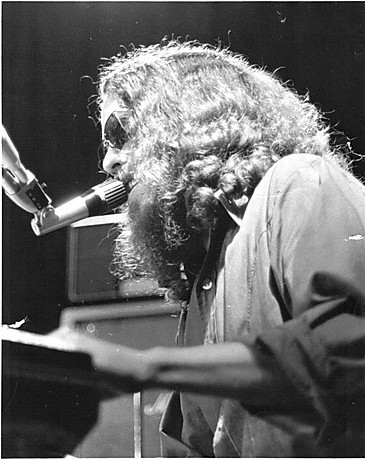 Sherman Kelly performing in the 1970s, the songwriter behind the hit “Dancing in the Moonlight”.
Sherman Kelly performing in the 1970s, the songwriter behind the hit “Dancing in the Moonlight”.
The genesis of “Dancing in the Moonlight” is rooted in a harrowing experience Sherman Kelly endured in St. Croix in 1969. Imagine a picturesque Caribbean getaway turning into a nightmare. Kelly, then running a nightclub in St. Thomas, found himself stranded on St. Croix after a day trip went awry. Seasick and without his wallet, he and his girlfriend sought shelter for the night, only to be met with a disturbing proposition at a local inn.
Forced to seek alternative accommodation, they ended up on a beach under the seemingly romantic moonlight. However, this idyllic setting soon turned sinister. Kelly and his girlfriend were brutally attacked by a local gang. Kelly suffered severe beatings, and his girlfriend endured a horrific assault. Left for dead, they managed to reach a hospital, their lives hanging in the balance. They were, unknowingly, among the early victims of the notorious Fountain Valley Gang, infamous for later devastating St. Croix tourism.
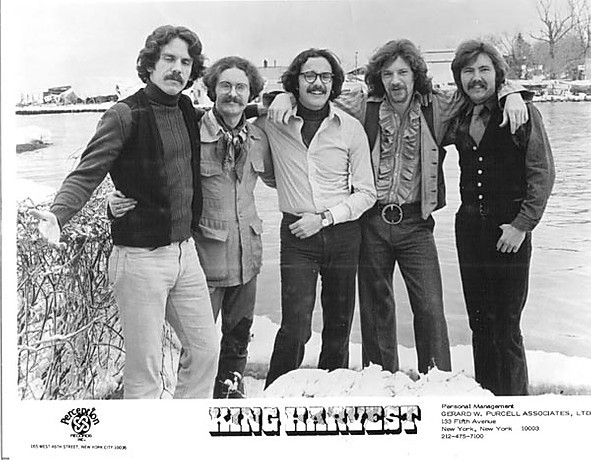 King Harvest band members in 1972, the group that made “Dancing in the Moonlight” a popular hit.
King Harvest band members in 1972, the group that made “Dancing in the Moonlight” a popular hit.
Back home in Ithaca, New York, recovering from his physical and emotional wounds, Kelly found solace in songwriting. During this convalescence, amidst pain and persistent headaches, the lyrics for “Dancing in the Moonlight” began to take shape. Far from reflecting the brutal reality he had faced, the song became an escape, a vision of “an alternate reality, the dream of a peaceful and joyous celebration of life.” It was a conscious creation of “a better world” than the one he had just narrowly survived. This contrast between the song’s upbeat rhythm and its dark origin is a testament to Kelly’s resilience and the power of art to transform personal tragedy.
The song’s journey to becoming a hit was also filled with interesting turns. Initially, Kelly played with Boffalongo, a band he formed with his brother Wells Kelly and future Orleans member Larry Hoppen. Boffalongo recorded “Dancing in the Moonlight” in 1970, but Kelly himself was deeply unhappy with his vocal performance on that version, attributing it to misguided advice to use cocaine in the studio. Despite Kelly’s reservations, the Boffalongo version gained regional traction, and another group, High Broom, also recorded it in 1970, though without chart success.
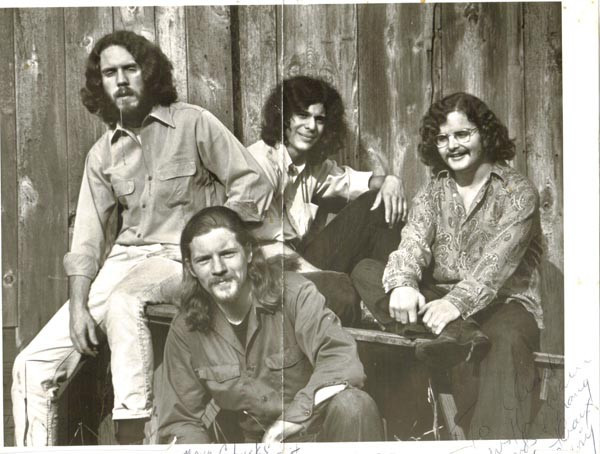 Boffalongo band around 1970, Sherman Kelly’s first band to record “Dancing in the Moonlight”.
Boffalongo band around 1970, Sherman Kelly’s first band to record “Dancing in the Moonlight”.
The song found its true breakthrough when Wells Kelly joined King Harvest, a band featuring Doc Robinson, also a Boffalongo alumnus. Wells introduced “Dancing in the Moonlight” to King Harvest, and their 1972 rendition, with Robinson on lead vocals, became the hit we know and love. It soared up the charts, reaching No. 10 on the Cash Box Top 100 and No. 13 on the Billboard Hot 100, solidifying its place in 70s music history. Sherman Kelly even toured with King Harvest during the song’s peak popularity, providing harmonies to Robinson’s lead. Despite the success, the demanding nature of touring life wasn’t for Kelly, and he soon returned to a less nomadic existence.
The song’s legacy continued to evolve. Wells Kelly later joined Orleans, further cementing the song’s connection to different bands within the same musical family. In 2000, Toploader’s cover of “Dancing in the Moonlight” brought the song to a new generation, proving its timeless appeal and cross-generational charm. The song has also graced numerous film and television soundtracks, and even video games, ensuring its continued presence in popular culture.
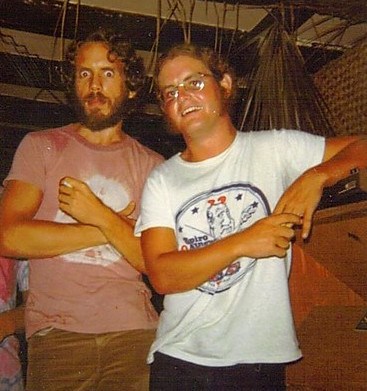 Sherman Kelly, pictured left, with Larry Hoppen, a bandmate who later co-founded Orleans, another band associated with “Dancing in the Moonlight”.
Sherman Kelly, pictured left, with Larry Hoppen, a bandmate who later co-founded Orleans, another band associated with “Dancing in the Moonlight”.
Sherman Kelly’s journey extended beyond music. A graduate of Cornell University with degrees in psychology and English, he pursued further studies in Paris, Switzerland, and New York City. Following the tragic loss of his brother Wells in 1984, Sherman transitioned away from the music industry, earning a master’s degree in social work and psychotherapy. He dedicated many years to helping others as a psychotherapist, a career path perhaps reflecting the resilience and empathy evident in the story behind “Dancing in the Moonlight.” In 2008, he returned to his musical roots with the album “Burnin’ the Candle,” featuring collaborations with his late brother.
“Dancing in the Moonlight” stands as a powerful example of how art can emerge from even the darkest of experiences. It’s a song born from trauma, transformed into an anthem of joy and escapism. While the upbeat melody might lead some to associate it with artists like Van Morrison due to its similar dreamy and feel-good qualities, Sherman Kelly’s story gives “Dancing in the Moonlight” a unique depth and resonance. It’s a reminder that even under the most challenging circumstances, the human spirit can find light and create something beautiful, something that continues to make people want to dance under the moonlight, real or imagined.
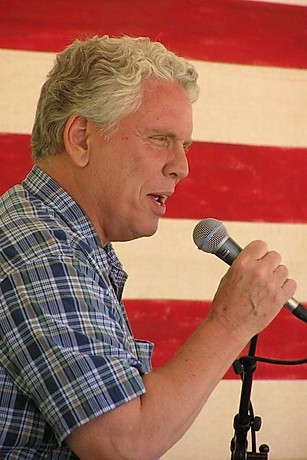 Sherman Kelly in recent times, the man whose personal trauma inspired the joyful song “Dancing in the Moonlight”.
Sherman Kelly in recent times, the man whose personal trauma inspired the joyful song “Dancing in the Moonlight”.

